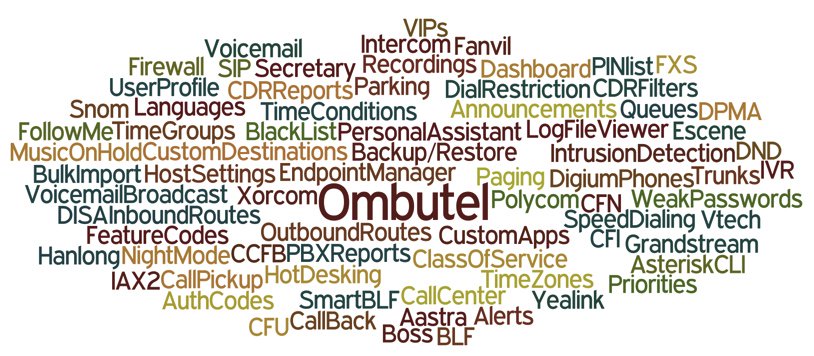2016, The Year of VoIP Choice: Meet Wazo and XiVO 16.15
UPDATE: Wazo 17.01 has been officially released. The complete tutorial is available here. And you thought the excitement was over for 2016. Well, not so fast. The core development team at XiVO has now forked the project so this will be the last XiVO-branded release until Wazo 16.16 hits the street. Nothing has changed except the name and a boatload of new features with more to come including a new GUI interface a little further down the road. And you’ll… Read More ›



